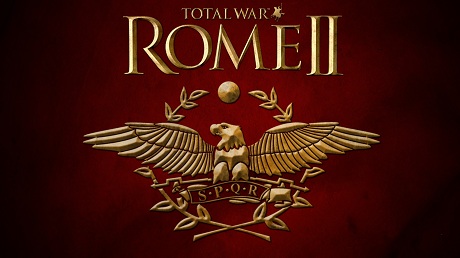Medium Assault Raider - Thracian Warriors
Able to withstand rough seas, these ships' crews can capture enemy vessels in any weather.A Thracian thinks himself unequalled by others. Perhaps he is right?
Most of the northern European tribes were not naval powers, but there were still able seafarers to be found amongst them. Shipbuilding techniques were well understood, so while many vessels were small leather-skinned boats for inland and inshore use, bigger sea-going vessels were also made. Shipwrights used heavy planking for hulls, stitched together and then fastened to a wooden skeleton to create sturdy craft able to cope with Atlantic conditions. Julius Caesar was surprised at the quality of the enemy ships when his fleet clashed with the Veneti from modern-day Brittany. The Veneti vessels had flat bottoms to cope with shallows, but were also of heavy oak construction to cope with rough seas. This made them tough opposition for Roman galleys, and capable of shrugging off a ramming attack. Caesar said that the enemy ships "...were constructed of planks a foot in breadth, fastened by iron spikes the thickness of a man's thumb; the anchors were secured fast by iron chains instead of cables”. When the Romans were forced to board, they faced fearsome warriors used to close-quarters fighting at sea.
(Thracian Warriors)
There were some forty tribes of Thracians who shared a common language and culture, inhabiting a vast area north of the Greek city-states. They were seen as war-loving, rebellious, rambunctious, bad enemies, and good allies in a fight. Many Greeks dreaded a time when they would be united under a single leader and sweep southwards. Such a turn of events never happened, but Thracians could be found across much of the Greek and Persian world fighting as mercenaries; they often specialised as skirmishers and light troops. At the Battle of Raphia in 217BC there were Thracians in both opposing armies, ready to do bloody work. The forward curving rhomphaia with its razor-sharp blade and long handle could lop off limbs in the hands of a skilled user, and Thracians were certainly skilled. The most famous Thracian 'general' of all never actually fought an action in Thrace or in command of a Thracian army; he was Spartacus, the commander of the last great slave rebellion against Rome in 73-71BC.
Unit Name Medium Assault Raider - Thracian Warriors |
Main Unit Key Thr_Warriors_Medium_Raider |
Land Unit Key Thr_Warriors |
Naval Unit Key barbarian_medium_raider_melee |
Soldiers 100 |
Category Medium Ship |
Class Melee Ship |
Custom Battle Cost 550 |
Recruitment Cost 550 |
Upkeep Cost 110 |
Ship Health |
└ Ship barbarian_medium_raider |
Ship Speed |
Melee Attack 46 |
Weapon Damage 45 |
├ Melee Weapon rome_rhomphaia |
├ Melee Damage Base 30 |
├ Melee Damage Ap 15 |
├ Armour Piercing Yes |
├ Bonus vs. Large 20 |
├ Bonus vs Elephants 20 |
└ Bonus vs Infantry 0 |
Charge Bonus 36 |
Melee Defence 12 |
├ Base Defence 12 |
├ Shield thracian |
└ Shield Defence 0 |
Armour 30 |
├ Armour cloth |
├ Armour Defence 10 |
└ Shield Armour 20 |
Health 50 |
├ Man Entity rome_infantry_medium |
├ Man Health 40 |
└ Bonus Hit Points 10 |
Base Morale 45 |
Abilities
Medium Assault Raider- Row Hard 10
Increases speed for 10 strokes.
Ship speed
Attributes
- Hide (forest)
This unit can hide in forests until enemy units get too close.
Strengths & Weaknesses
Medium Assault Raider- Good hull strength
- Medium crew
- Fast speed
- Weak ramming
- Good boarding
- Average attack
- Weak defence
- Average damage but low armour penetration
- Poor morale
| Requires Buildings | |
|---|---|
|
Boatyard
(barb_port_military_3) Level 2
Raiders' Port
(barb_port_military_4) Level 3 |
|
| Garrison Buildings | |
|---|---|
|
Boatyard
(barb_port_military_3) Level 2
Raiders' Port
(barb_port_military_4) Level 3 |
|
| Faction Availability | |
|---|---|
| Grand Campaign | |
| Imperator Augustus | |


 Français
Français Italiano
Italiano Deutsch
Deutsch Español
Español Русский
Русский Čeština
Čeština Polski
Polski Türkçe
Türkçe 简体中文
简体中文 正體中文
正體中文 日本語
日本語
